Exploring The History Of The Underground Railroad In Four Local Sites
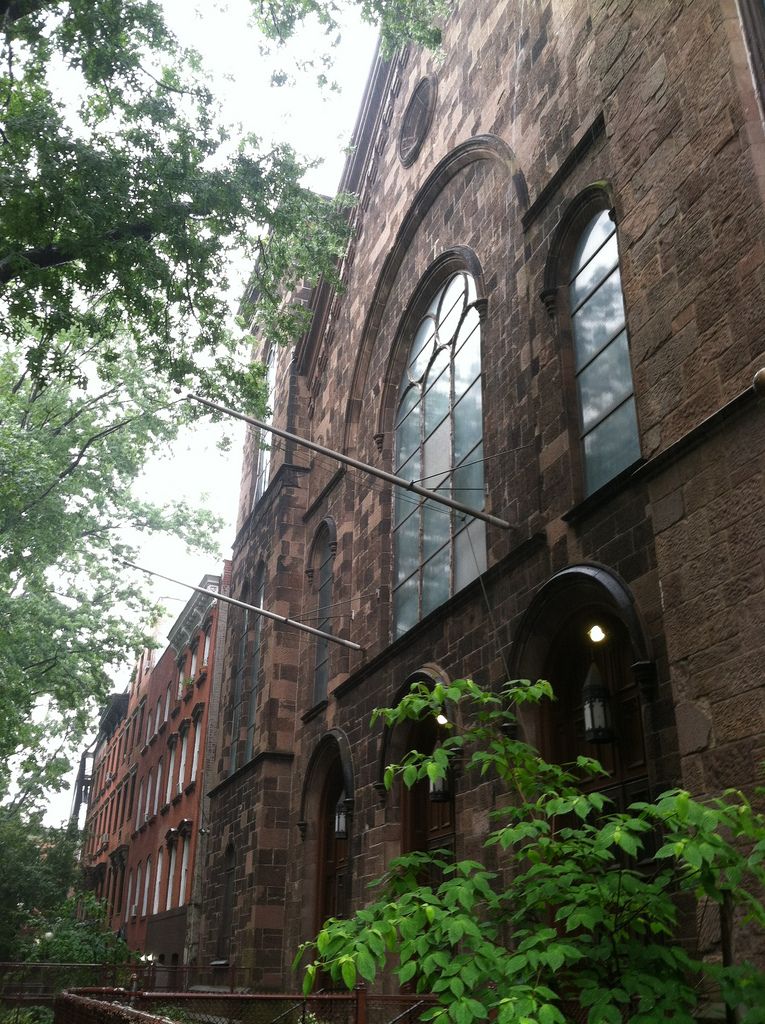
The incredible story of the Underground Railroad, and the decades-long effort of ordinary Americans to assist nearly 100,000 African-Americans fleeing slavery, is attracting new attention.
The just opened Smithsonian National Museum of African American History & Culture looks at the “complex story of slavery and freedom beginning in the 15th century with the transnational slave trade, through the Civil War and the Emancipation Proclamation.”
New York State, which abolished slavery in 1827 and offered escaped slaves a direct route to Canada, now celebrates its role in the Underground Railroad. New York was home to one of the railroad’s most famous conductors, Harriet Tubman.
Brooklyn had many stops on the Underground Railroad — its most well-known is probably Brooklyn Heights’ Plymouth Church of the Pilgrims, which was featured in a program on WNYC just last week.
You can learn more about the movement against slavery in Brooklyn here.
We’ve included information on four local sites below, some famous and some not, that are believed to be connected to the Underground Railroad and/or the 19th century abolition movement.
Do you know about other such sites in our area? We are sure there are others. Please let us know!
1.) Lafayette Avenue Presbyterian Church at 85 South Oxford Street. The church was established in 1857 and is said to have been known as a “temple of abolition.” Theodore Ledyard Cuyler, an abolitionist, was its founding pastor. “Through friends, the Reverend Dr. Cuyler would press President Lincoln relentlessly on the issue of emancipation, both before and during the Civil War,” the church’s website states.
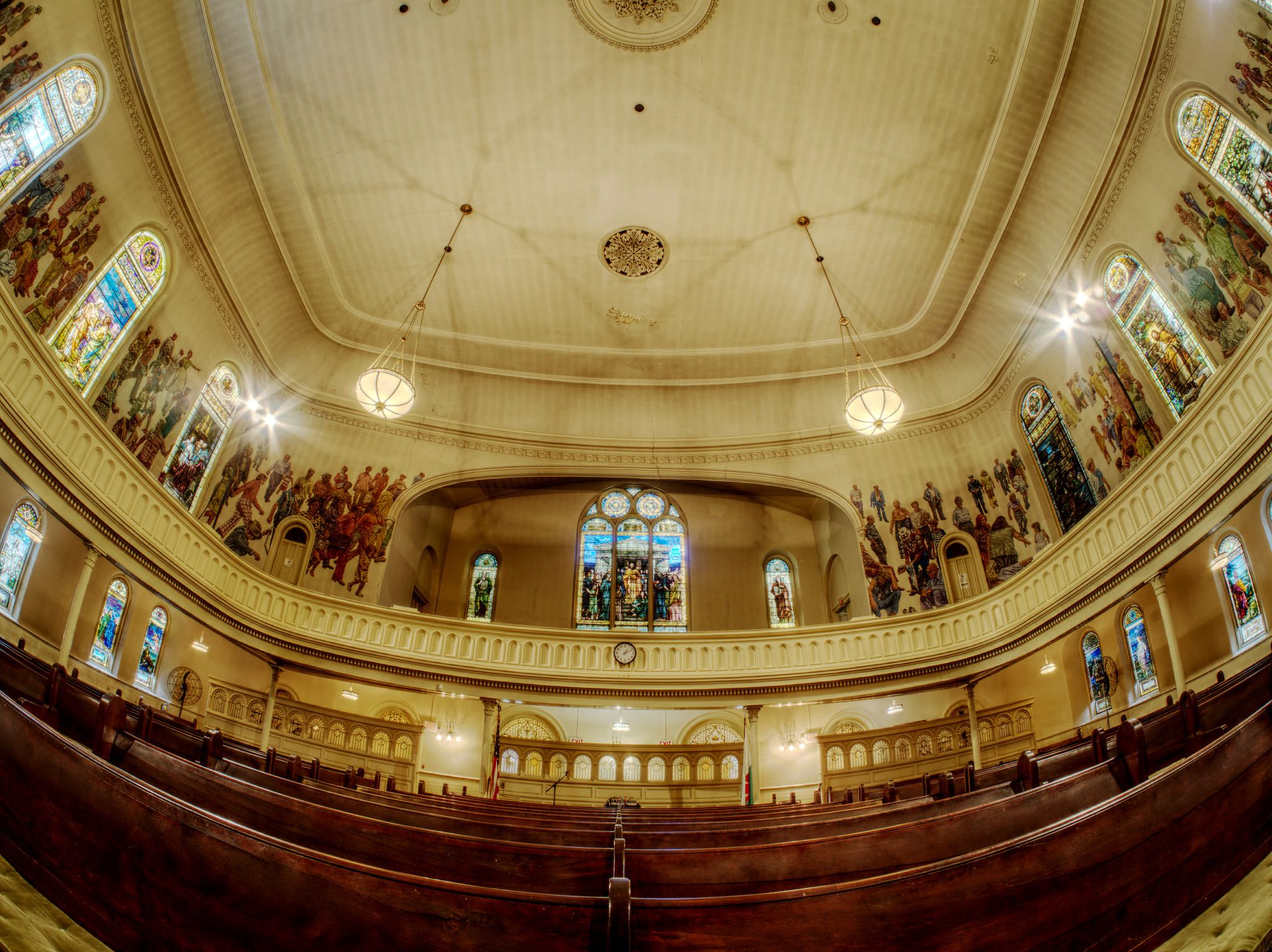
Both Frederick Douglass and Harriet Tubman are reported to have spoken there, and the church “proudly boasts having hosted the first local sermon given by [a] female escaped slave.” Some news accounts say that the church was an actual hiding place for escaped slaves before the Civil War.
2.) The former Bridge Street African Wesleyan Methodist Episcopal Church, the first African-American church in Brooklyn. Built in the 1840s, the church building is now Wunsch Hall of NYU’s Tandon School of Engineering, and is located within the Metrotech Center commons. Its actual address is 311 Bridge Street, between the Myrtle Promenade and Tech Place.
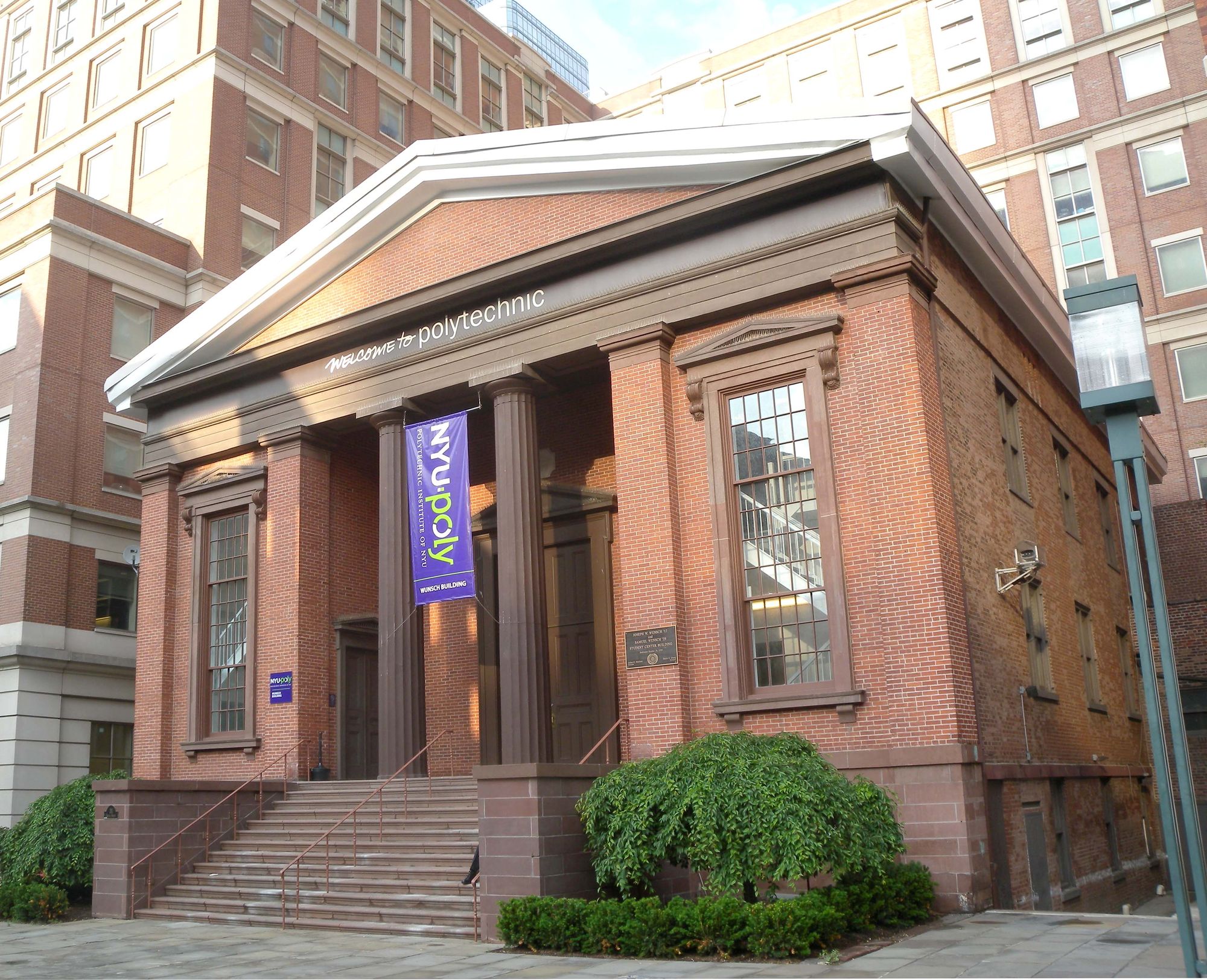
“The church’s early history as a community resource includes the establishment in 1827 of an African Free School called Colored School No. 1, and its purported role as a stop on the Underground Railroad.”
3.) The corner of Fulton and Duffield Streets (just across Flatbush Avenue) — also known as “Abolitionist Place”.
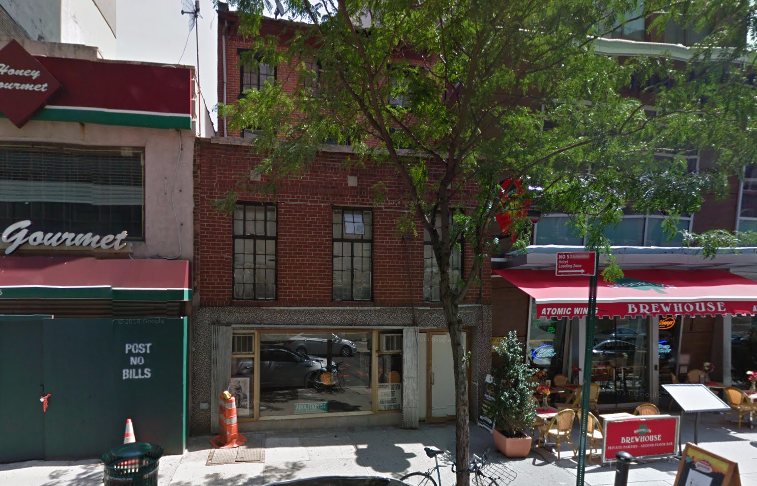
“The abolitionists Thomas and Harriet Truesdell lived at 227 Duffield Street in the 1850s, and William Harned, an Underground Railroad conductor, lived near Duffield and Willoughby Streets,” reports the New York Times.
According to an article this year in the Brooklyn Reader, Shawne Lee, whose mother owned the historic home for many years, is trying to raise funds to establish a museum and heritage center on the site.
4.) #167 Concord Street, very close to the intersection of the Flatbush Avenue Extension and Flushing Avenue (which becomes Nassau Street at that point).
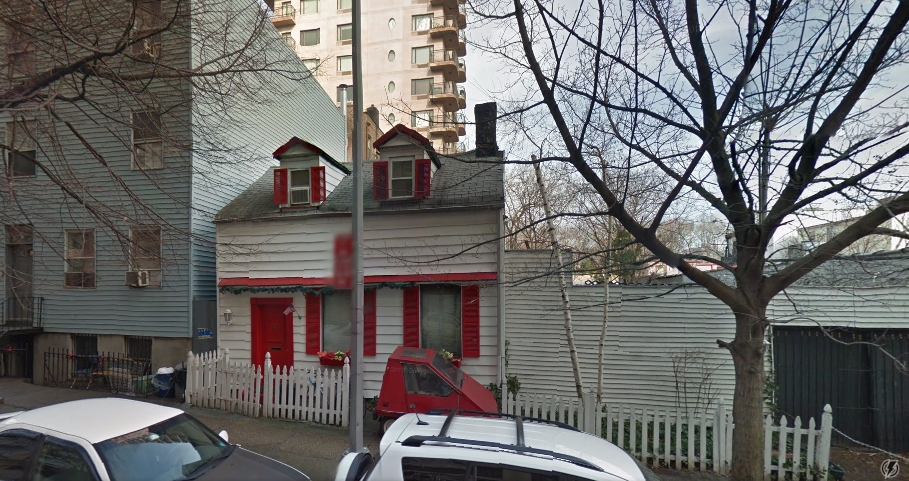
The tiny house is “among the oldest in the neighborhood,” says Forgotten New York. “It was built in 1762 and is surrounded by a stone wall dating to about 1820. The house is rumored to have participated in the Underground Railroad in the pre-Civil war era.”




